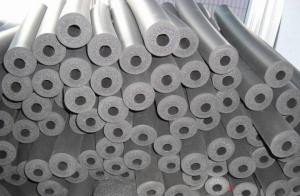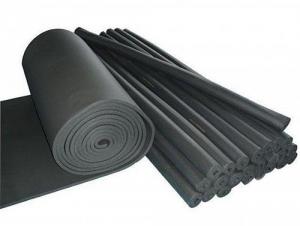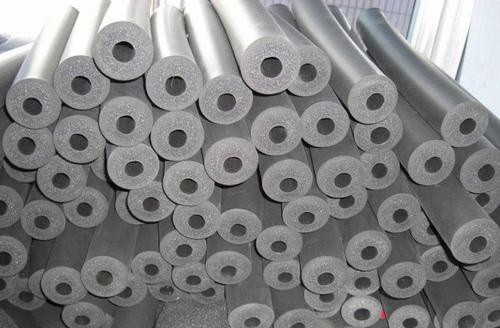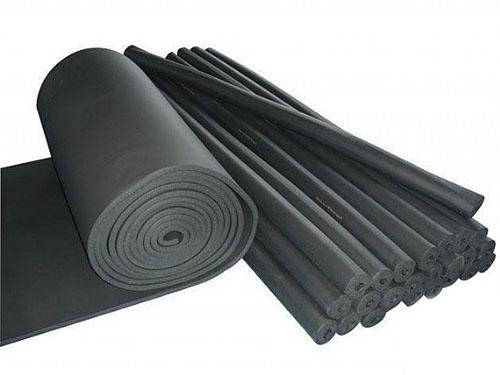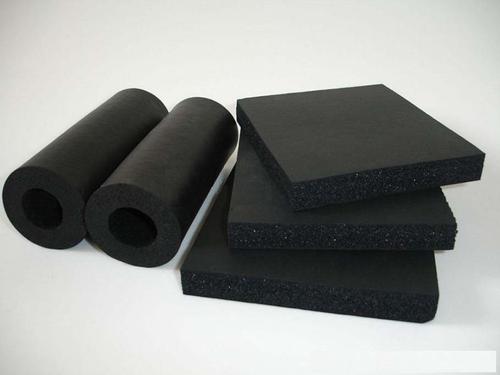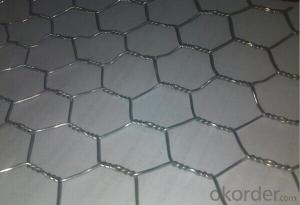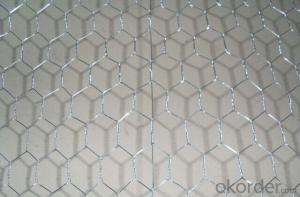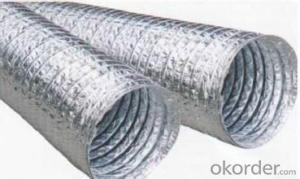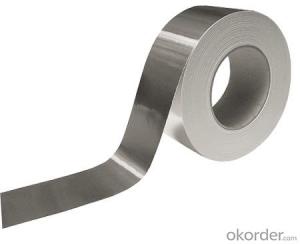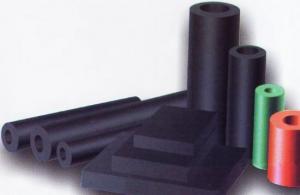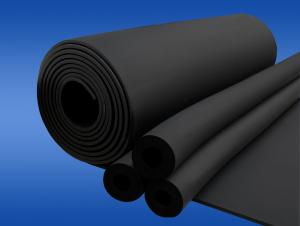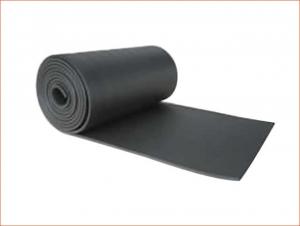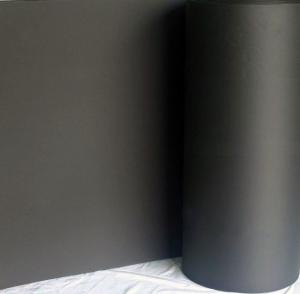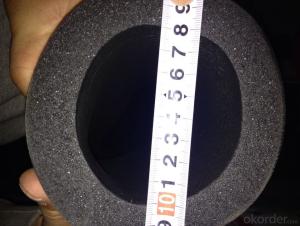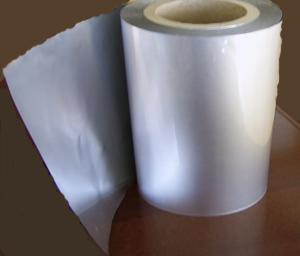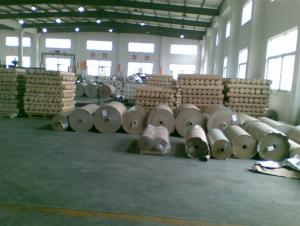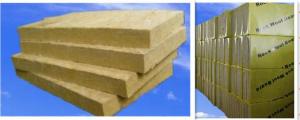High Quality Closed Cell Flexible Rubber Plastic Foam with Aluminum Foil Facing
- Loading Port:
- China Main Port
- Payment Terms:
- TT or LC
- Min Order Qty:
- -
- Supply Capability:
- -
OKorder Service Pledge
OKorder Financial Service
You Might Also Like
1. Flexible Rubber Plastic Insulation Material Description
rubber plastic is a high quality heat-insulating and heat-preservation material which use butyronitrile rubber and polyvinychloride(NBR,PVC) as main raw materials.
The productionprocess includes mixing, tensing and continuous extruding , heating andfoaming, cooling and cutting.
2.Main Features of Rubber Plastic
-Lower heat-conductivity
-Higher fire-blockingperformance
-Damp-proof andWater-proof
-Softness
-Neat and
-Easy to installeasy handing and storage
-Good flexibilityand tenacity
3.Rubber Plastic Images
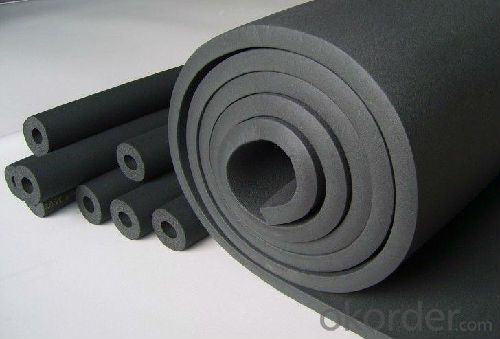
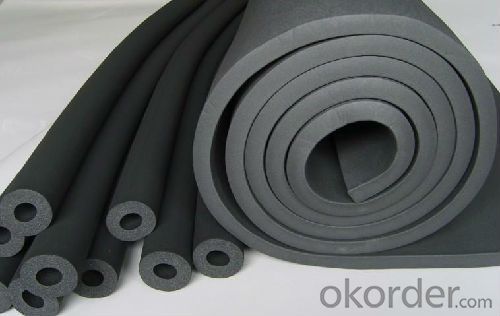
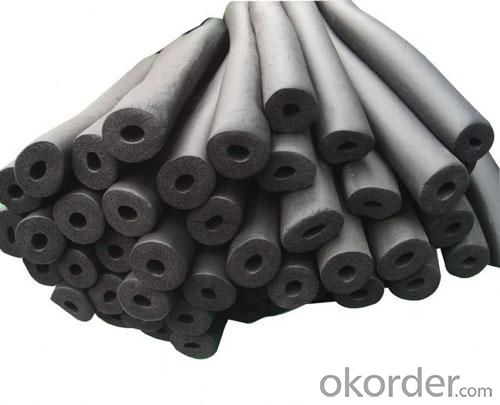
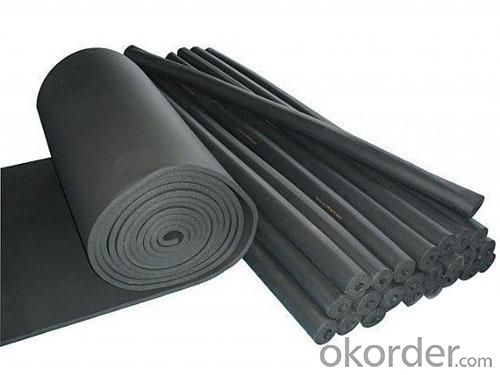
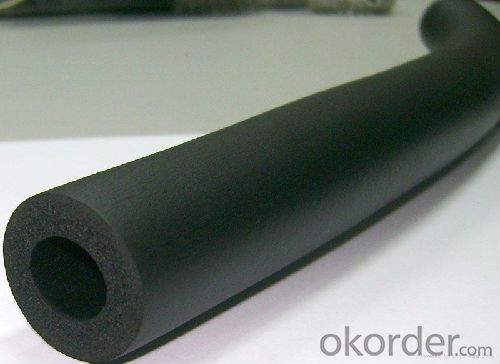
4.Rubber Plastic Specification
--Rubber Plastic Sheet
Density(kg/m3) | 40-90 | ||||
Thickness(mm) | 10 mm | 15 mm | 20 mm | 25 mm | 30 mm |
Length (m) | 20 | 20 | 10 | 10 | 10 |
Width (m) | 1.5 | 1.5 | 1.5 | 1.5 | 1.5 |
5.FAQ
We have organized several common questions for our clients,may help you sincerely:
①How about your company?
A world class manufacturer & supplier of HVAC materials,is one of the large-scale professional investment building materials production bases in China.
②How to guarantee the quality of the products?
We have established the international advanced quality management system,every link from raw material to final product we have strict quality test;We resolutely put an end to unqualified products flowing into the market. At the same time, we will provide necessary follow-up service assurance.
③How long can we receive the product after purchase?
In the purchase of product within three working days, We will arrange the factory delivery as soon as possible. The pecific time of receiving is related to the state and position of customers.Commonly 7 to 10 working days can be served.
- Q: What are the options available to replace aluminum foil when covering food?
- <p>Yes, there are several alternatives to aluminum foil for covering food. Silicone food covers are reusable, heat-resistant, and can be easily washed. Beeswax wraps are an eco-friendly option, made from natural materials and can be used multiple times. Parchment paper is a disposable option that's ideal for baking and can be used in place of foil. Reusable glass or ceramic lids can be used for dishes that need to be covered while cooking. Lastly, some people opt for reusable metal mesh covers, which are suitable for grilling and baking. Each alternative has its own benefits and is chosen based on the specific needs and preferences of the user.</p>
- Q: What distinguishes aluminum foil facing from other types of facing materials?
- <p>Aluminum foil facing is a type of facing material that uses a thin layer of aluminum, known for its excellent barrier properties against air, moisture, and light. This makes it ideal for insulation and packaging applications where preservation of contents is crucial. In contrast, other types of facings, such as paper, fabric, or plastic, may not offer the same level of barrier protection. Paper facings are often used for their aesthetic appeal and are more breathable, while fabric facings provide flexibility and are used for applications requiring durability and comfort. Plastic facings can be waterproof and are used where a shiny or smooth surface is desired. Each type of facing has unique properties that make it suitable for specific applications, with aluminum foil facing being particularly notable for its barrier capabilities.</p>
- Q: What are the advantages of using recycled aluminum foil for cooking and food storage?
- <p>Using recycled aluminum foil in cooking and food storage offers several benefits. It is environmentally friendly as it reduces waste and conserves resources. Recycled foil retains the same properties as non-recycled foil, providing excellent heat conduction and insulation, which is crucial for even cooking and maintaining food temperature. It is also cost-effective as it is generally cheaper than non-recycled foil. Moreover, it is versatile, suitable for a wide range of applications from baking to wrapping food for storage. However, it's important to ensure that the recycled foil is food-grade and meets safety standards to avoid any health risks.</p>
- Q: What distinguishes aluminum foil facing from other types of foils?
- <p>Aluminum foil facing is characterized by its aluminum layer, which provides excellent heat and light reflection, making it ideal for insulation and cooking applications. It's also resistant to corrosion and has a shiny finish. In contrast, other types of foils like Mylar (polyester) are more flexible and tear-resistant, used in various industrial applications. Copper foil is used for electronics due to its high conductivity, while gold foil is valued for its decorative properties. Each type of foil has unique properties that make it suitable for specific uses, with aluminum foil facing being particularly known for its thermal and reflective qualities.</p>
- Q: Is it safe and practical to use recycled aluminum foil as a facing material in kitchen applications?
- <p>Yes, you can use recycled aluminum foil facing in your kitchen. Recycled aluminum is a sustainable and cost-effective material that retains the same properties as new aluminum. It is commonly used in kitchen applications such as backsplashes, countertops, and cabinetry due to its durability, low maintenance, and resistance to heat and moisture. However, ensure that the recycled aluminum foil facing is of high quality and meets safety standards to avoid any potential health or environmental concerns.</p>
- Q: Explain the differences between food wrap and aluminum foil facing in a few sentences.
- <p>Food wrap, also known as plastic wrap, is a thin, flexible plastic film used to cover and preserve food, keeping it fresh and protected from contaminants. It's typically clingy and transparent, allowing you to see the food inside. Aluminum foil facing, on the other hand, is a type of laminate that has a layer of aluminum foil bonded to a plastic film. This facing is used for various purposes, including increasing the barrier properties of the plastic, providing a shiny appearance, and enhancing the product's durability. It's often used in packaging to protect and preserve food items, but it's not as clingy or transparent as food wrap and is not meant for direct contact with food in the same way.</p>
- Q: This question asks for methods to prevent metal flakes from aluminum foil from getting into the eyes or mouth while using it.
- <p>To avoid getting metal flakes from aluminum foil into your eyes or mouth, handle the foil carefully with clean, dry hands. Avoid using foil that is crumpled or damaged, as it can release more flakes. When cutting foil, use a sharp knife to minimize the creation of small particles. Keep foil away from your face and eyes while handling, and consider wearing safety glasses if you are concerned about eye safety. Wash your hands thoroughly after handling aluminum foil to remove any residual flakes before touching your face or eating.</p>
- Q: What are the optimal practices for storing food using aluminum foil, considering the direction of the foil's facing?
- <p>The best way to store food in aluminum foil is to ensure that the dull side faces the food and the shiny side is on the outside. This is because the dull side is more heat resistant and less likely to contaminate the food with any potential chemicals from the foil. When wrapping food, seal the edges tightly to keep air and moisture out, which helps in preserving the freshness and quality of the food. Always use aluminum foil as a single-use item to avoid any potential transfer of bacteria or contaminants from previous uses.</p>
- Q: What is the most suitable material for food packaging that ensures safety and is also eco-friendly?
- <p>The best material for food packaging that is both safe and environmentally friendly is biodegradable or compostable material. Materials such as PLA (Polylactic Acid), made from renewable resources like corn starch, and paper-based packaging are preferred. They are non-toxic, compostable, and reduce plastic waste. Additionally, materials like glass and metal can be recycled and are also considered safe for food contact. However, it's crucial to consider the entire lifecycle of the packaging to ensure it's truly sustainable.</p>
- Q: The user is inquiring whether it is safe and practical to use plastic containers for the purpose of freezing food.
- <p>Yes, you can use plastic containers for freezing food, but it's important to choose the right type. Opt for containers labeled as microwave-safe, freezer-safe, or BPA-free. Avoid using containers that become brittle or warp at low temperatures as they may crack or leak. Always leave a little space in the container for expansion to prevent breakage. It's also recommended to transfer frozen food to airtight containers or glass for longer-term storage to maintain food quality and safety.</p>
Send your message to us
High Quality Closed Cell Flexible Rubber Plastic Foam with Aluminum Foil Facing
- Loading Port:
- China Main Port
- Payment Terms:
- TT or LC
- Min Order Qty:
- -
- Supply Capability:
- -
OKorder Service Pledge
OKorder Financial Service
Similar products
Hot products
Hot Searches
Related keywords
